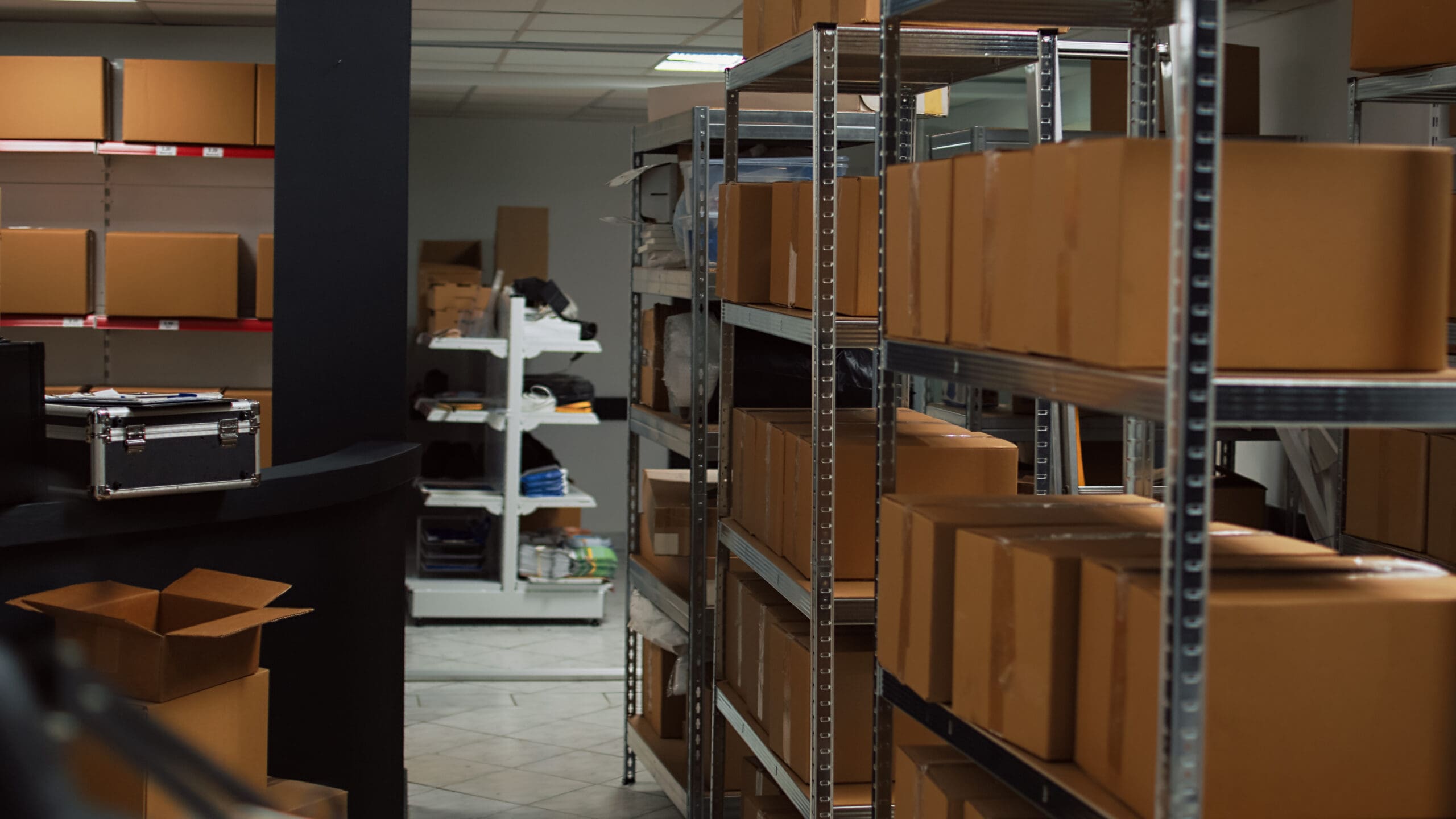What are reverse auctions? What are some reverse auction examples? Do reverse auctions provide a win-win scenario for both buyers and sellers? In this article, we will guide you through everything there is to know about reverse auctions to help you determine if it’s right for you and your business. Let’s dive right in!
What are reverse auctions?
Reverse auctions, or backward auctions, refer to a type of auction in which sellers bid against one another to secure the buyer’s business. Like regular auctions, reverse auctions also go through a bidding phase where suppliers can bid in real-time – essentially making the price more and more favorable for the buyer. Due to its potential savings, reverse auctions are commonly used as a procurement method by government agencies, large corporations, and nonprofit organizations.
How does a reverse auction work?
Mostly conducted over the internet, reverse auctions make it easier for multiple sellers to connect with an interested buyer. Unlike a traditional auction where bids go up, bids in reverse auctions tend to go down as a result of sellers competing against each other until the one willing to sell at the lowest price point remains. However, note that reverse auctions may not be ideal for all industries.
What are some reverse auction examples?
To gain a better understanding of the concept of reverse auctions, let’s take a look at some examples:
- According to the U.S. Government Accountability Office (GAO), “the government sometimes uses reverse auctions to buy goods or services where vendors bid against each other with lower prices to win a contract. We found reverse auctions often led to a vendor bidding more than once with a lower price, and may have saved the government up to $100 million in 2016.”
- Other local government organizations use reverse auctions for a variety of purposes. For instance, a local school district may organize a reverse auction to find the best deal on IT support services. An IT support provider can then respond to the local school district’s proposal with a bid along with a clear description of the services they would provide.
- Another example of a reverse auction is when a company wants to procure office supplies, equipment, and other materials needed to open a new office location. Large organizations use reverse auctions to be able to acquire supplies and/or raw materials at a fraction of the cost.
What are the benefits of reverse auctions to buyers?
To determine whether or not reverse auctions fit your business’ needs, it’s important to look at the key benefits of this type of procurement process. Check out the key benefits of reverse auctions to buyers:
- Save time collecting bids from suppliers – Typically, buyers that conduct reverse auctions provide a request for proposal detailing what they require. Suppliers then respond to a proposal by putting forward a bid based on the buyer’s qualifications. This straightforward process reduces the amount of time both buyers and suppliers have to spend studying their options.
- Increased transparency in the bidding process – In traditional procurement settings, small businesses offering their products and services may find it difficult to compete with big companies. Reverse auctions level the playing field for suppliers, regardless of business size, since everyone receives and responds to the same request for approval. Reverse auctions also have an open bid phase where sellers can customize their offerings for their bids to remain competitive.
- Get the best deal possible – A higher sense of competition between participating suppliers means buyers will almost always get a great deal.
- Decisions are made on time – Since auctions have a set date, buyers will be able to make timely decisions about their most pressing procurement needs.
What are the benefits of reverse auctions to sellers?
What makes reverse auctions a popular procurement method is that it presents multiple benefits to both buyers and sellers. Check out the benefits of reverse auctions to sellers:
- Improved accessibility – Reverse auctions allow small businesses, regardless of size, to compete with bigger companies. Another common issue that suppliers face is location. Because reverse auctions are mainly conducted online, sellers can now tap into new markets and gain new customers.
- No more time-consuming negotiation phase – In business, a dragged out negotiation phase is both tiring and time-consuming. Reverse auctions eliminate the negotiation phase since buyers can easily compare bids and simply choose the one that meets their needs.
- Ability to filter qualified buyers – Reverse auctions enable sellers to find a qualified buyer instead of spending time, money, and other resources on strategies that may not work.
The Top 5 Things You Need to Know About Reverse Auctions
As a business, you want to get quality products at terms that make financial sense. While much of the heavy-lifting is done by the suppliers participating in your auction, it’s equally important for you – the buyer – to familiarize yourself with the ins and outs of reverse auctions. Here are 5 things to keep in mind:
- Reverse auctions must be your last resort
While it’s true that reverse auctions may get buyers a good price, it doesn’t necessarily mean that they are also getting goods/services with the highest quality. Always remember to perform enough research in order to find the right balance between quality and price.
- Ensure that there is enough competition among suppliers
One of the key things to remember when conducting a reverse auction is to ensure that there is enough competition among suppliers. This means that the criteria set by the buyer should not be solely based on prices but should also be agreeable enough to motivate several suppliers to bid and participate. After all, you don’t want to have just two suppliers participating in your reverse auction, right?
- Avoid focusing on costs – consider a product’s overall standards
As mentioned in the previous section, price must not be the only thing that defines your requirements. As a buyer, a reverse auction allows you to pick and choose a bid that would provide you with the best value. Carefully considering a supplier’s reputability, quality of goods/services, and rates can go a long way!
- Set clear bidding qualifications for suppliers
One of the main reasons why reverse auctions fail is when buyers are not clear about their bidding requirements. Before administering a reverse auction, be sure to provide clear information that describes your qualifications. This enables sellers to respond to your proposal with the necessary information to make an informed decision.
- Plan your bidding process and give ample time to suppliers
Never conduct a reverse auction on short notice. Excellent communication between buyers and sellers is essential to ensure the success of a reverse auction. Provide enough time for sellers to review your proposal and prepare for the system and bidding process that you are planning to use.
How can you get the best deal from a reverse auction?
In a reverse auction, buyers need to understand that it’s not solely about saving money. Buyers participating in a reverse auction should consider a seller’s overall bid. Are they known for making excellent products? Where do they source their raw materials? What’s their reputation like? Buyers have to take into account the costs involved in shipping, taxes, and other relevant fees to better gauge the value of a bid.
Who is likely to win in a reverse auction?
Suppliers that provide detailed information about their product or service and personalize their bid based on the qualifications set by the buyer will most likely win a reverse auction. Setting a lower price for every bid does not guarantee that you will win every reverse auction you participate in. Rather, it’s better to understand the specifications listed by the buyer and adjust your bid accordingly.
Why do reverse auctions fail?
Some of the reasons why reverse auctions fail are lack of preparation, unclear bidding requirements, and not understanding how the process works. Instead of providing vague details about what you need, ensure that you are providing clear and specific information about the product or service you are trying to procure. After all, the end goal of a reverse auction is to achieve an exchange of goods and services that is favorable for both buyers and sellers.
Another reason why reverse auctions fail is that the quality of products or services may seem disappointing in the long run. While it’s understandable that reverse auctions generally focus on getting the lowest price possible, buyers need to consider the overall product before agreeing to a bid. It’s also important to note that reverse auctions may not be effective for businesses in industries with a limited number of suppliers.
For example, retail companies that conduct reverse auctions search for manufacturers that would give them the right balance between quality and cost. Unfortunately, low-cost products, more often than not, aren’t exactly well-built. If you are unwilling to compromise the standard of your products to cut costs, it’s probably wise to look for financing options to bolster your inventory.
Pro tip: For your inventory needs, use Kickfurther! Kickfurther is an inventory funding platform that enables businesses to scale their inventory production to meet demand, such as when being awarded a contractor or purchase order. Kickfurther is a unique channel for businesses to purchase additional inventory without hurting their cash flow. It’s built for growing product brands whose growth is limited by cash on hand or limited traditional funding options.
Key Takeaway: Preparation is key
The success of a reverse auction depends on how well-prepared buyers and sellers are. Both parties should be able to understand how a reverse auction works and how to make full use of the process to be able to maximize its benefits. Reverse auctions can be an impactful process that can be mutually beneficial for both parties.









